Virtual Warfighter
Virtual Warfighter is a tactical multiplayer shooter for the OpenVR virtual reality platform. Engage in realistic combat with physics-based weapons and handling, which enables tactical maneuvers like throwing grenades around corners or into small spaces.
Currently you can wield nine different weapons complete with seven different attachments for almost endless variety. Each weapon has been carefully designed to reflect operating its real world counterpart. Currently we support four game modes with the option for perma.death for ultimate realism.
Skip To Testimonials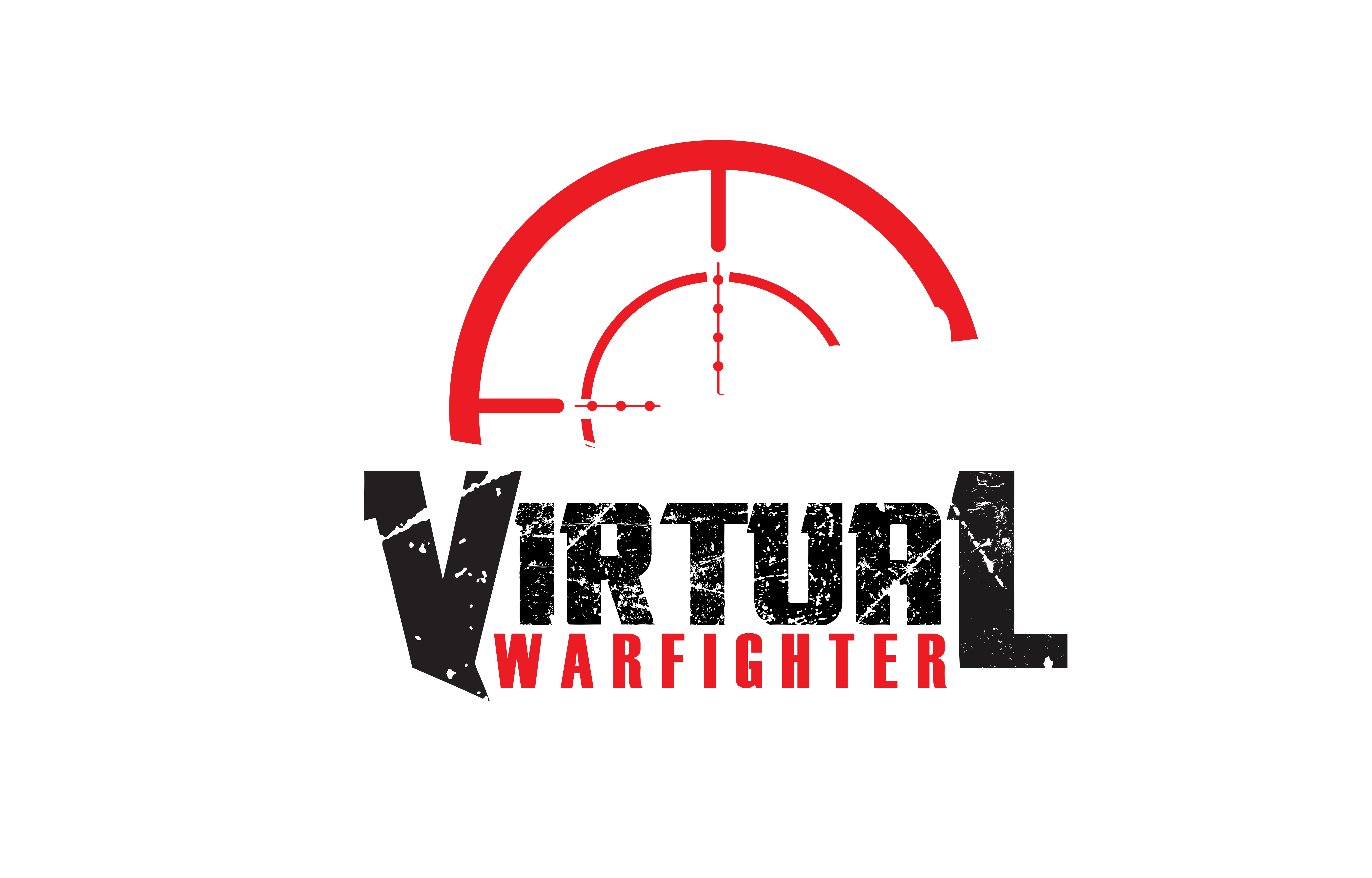
My Roles
- Technical Game Designer
- Level Designer
- Internship lead
Overview
- Engine: Unity
- Language: C#
- Platform: PC (VR
- Development time: 8 weeks
- Team size: 5
Notable Tasks
- Stakeholder interviews
- Balancing the game in relation to feedback
- User Research (A/B testing)
- Custom tool developer
My contribution to the game development
Technical game designer
In addition to my role as a level designer, I also served as the technical game designer for this project. This dual role allowed me to bridge the gap between creative vision and technical implementation. I was responsible for:
• Scripting and Prototyping: Developing and refining gameplay mechanics through scripting and prototyping ensures that the design intent is translated seamlessly into interactive elements.
• Optimization: Collaborating with the development team to optimize game performance, ensuring smooth gameplay across various hardware configurations.
• Tool Development: During the internship, I not only created but also utilized custom tools to streamline the level design process. These tools significantly enhanced efficiency and allowed for rapid iteration, a testament to my productivity.
• Technical Documentation: The custom tools I developed I wrote and contextualized comprehensive documentation of design specifications, technical requirements, and iterative changes to facilitate clear communication among team members.
Level designer
Initial Concept and Research: Our journey began with extensive research into various Afghan terrains to inform our design process. This foundational stage allowed us to envision a map that seamlessly blended natural landscapes with strategic gameplay elements.
Stage 1: The Foundation: We initially conceived a map dominated by mountainous terrain, encircling a central, dried-out lakebed. This area, rich in vegetation and featuring a fortified village, was designed as a vibrant contrast to the otherwise harsh landscape. Surrounding mountains housed smaller settlements, setting the stage for diverse gameplay dynamics.
Stage 2: Evolution of the Landscape: As the project progressed, we pivoted towards a design emphasizing expansive plains and mountain ranges. This shift allowed for a richer variety of vegetation, enabling players to engage in guerrilla warfare tactics. We strategically incorporated elevated positions for snipers, alongside three distinct bases—Hangar, Village, and Fort—each designed to foster unique combat scenarios. Hangar highlighted close-quarters and horizontal combat, Village offered open-space engagements with ample cover, and Fort focused on intense, vertical confrontations in a densely structured environment. Small houses scattered across the map served as refuges, ensuring players had ample cover and strategic points to navigate between bases.
Stage 3: Final Adjustments for Balanced Gameplay: Playtesting revealed a need for additional topographical features to balance the gameplay. We introduced hills and mountains to provide cover for attacking teams and to facilitate stealthy movements and flanking strategies. These adjustments ensured a fair and engaging experience for all players, emphasizing the strategic depth of our map.
Throughout this project, my role as a level designer allowed me to deeply engage with the iterative design process, from initial concept to final adjustments. My contributions not only shaped the map’s aesthetic and functional aspects but also enhanced gameplay through strategic environmental design. This experience underscored the importance of adaptability, teamwork, and a player-centric approach in game development.
During this project, I developed the following skills
- Development of a multiplayer map
- User-centered play testing to balance the map
- Importance of shared vision between the design team and the stakeholders
- Incorporating user feedback into the level design
What I am most proud of in the Internship
- The balance of the map
- That I learned how to utilize feedback from stakeholders and the players into the level design
- How enjoyable the map is
Pictures of the level
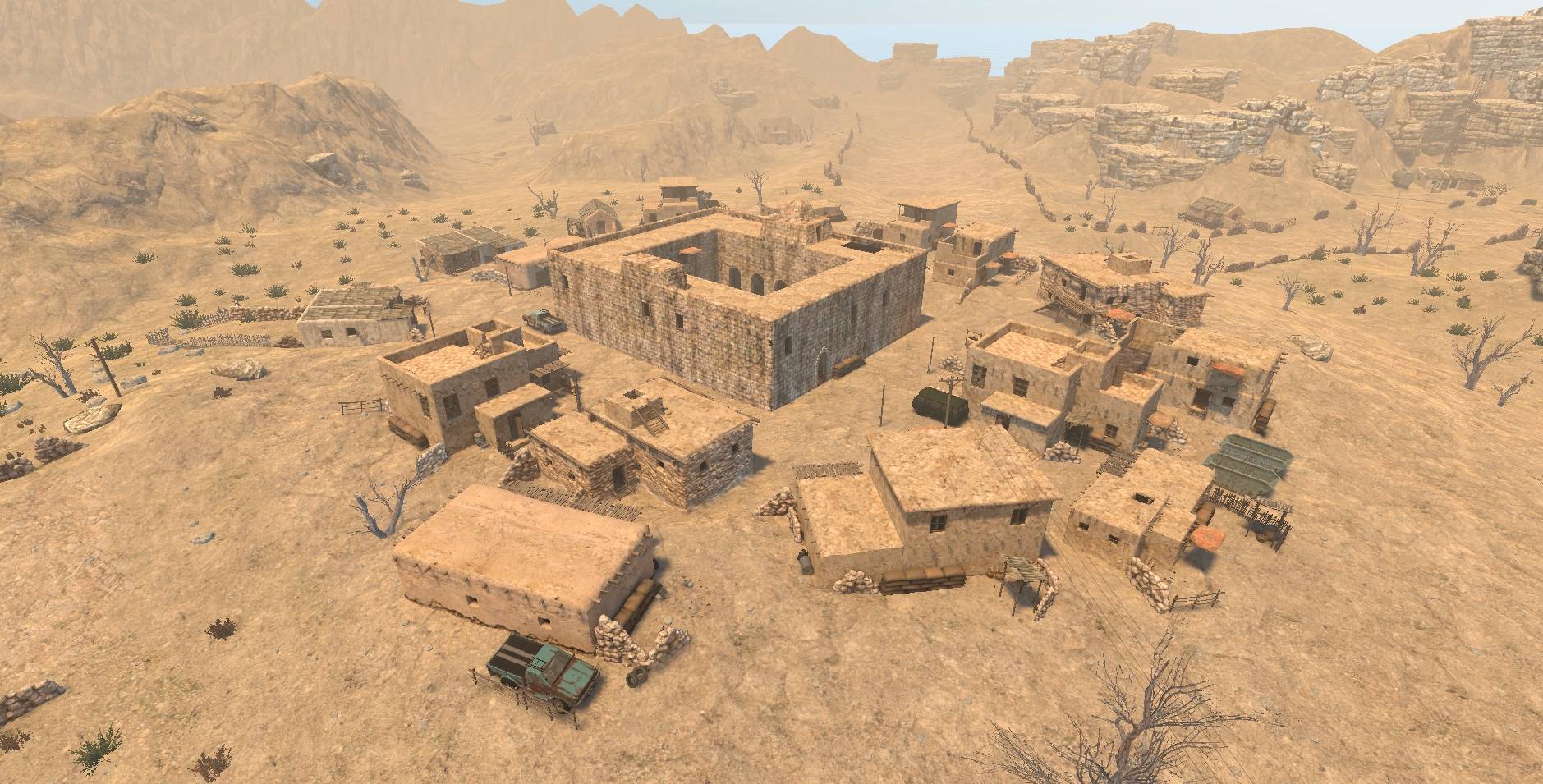 Press to enlarge
Press to enlarge
Fort base
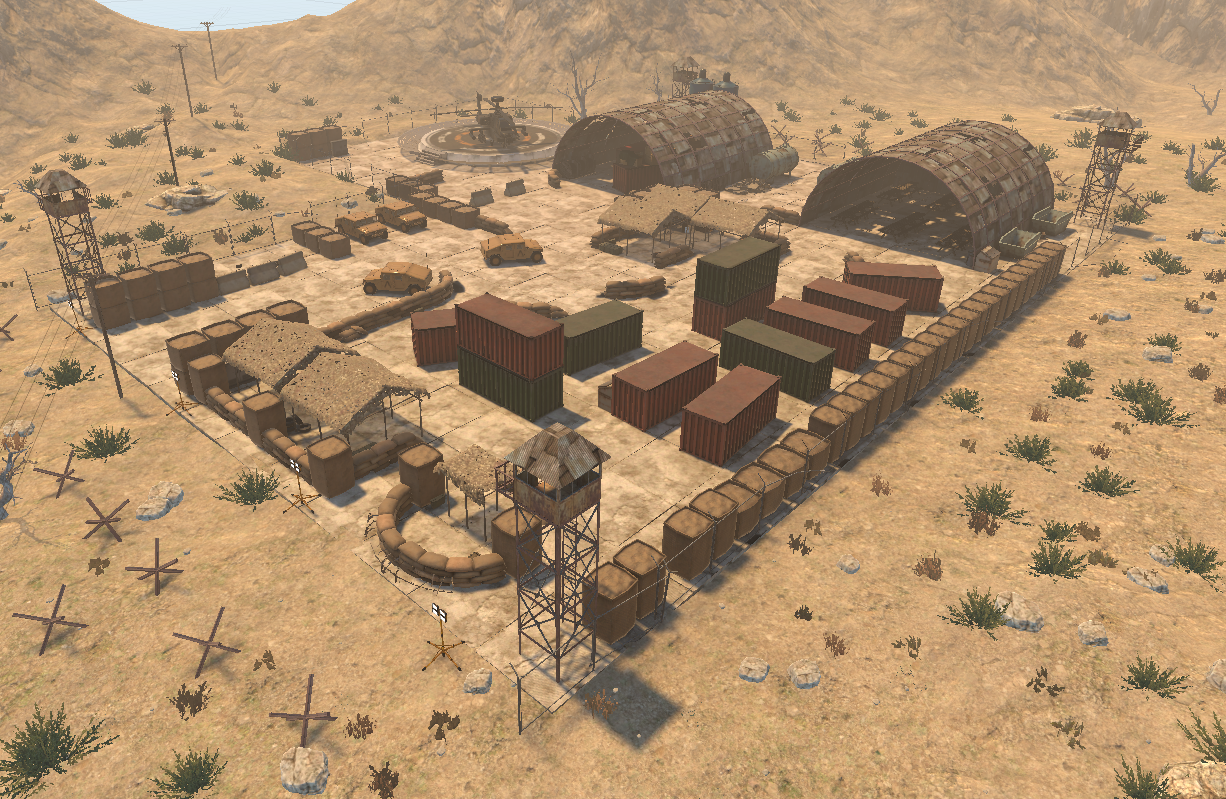 Press to enlarge
Press to enlarge
Hangar base
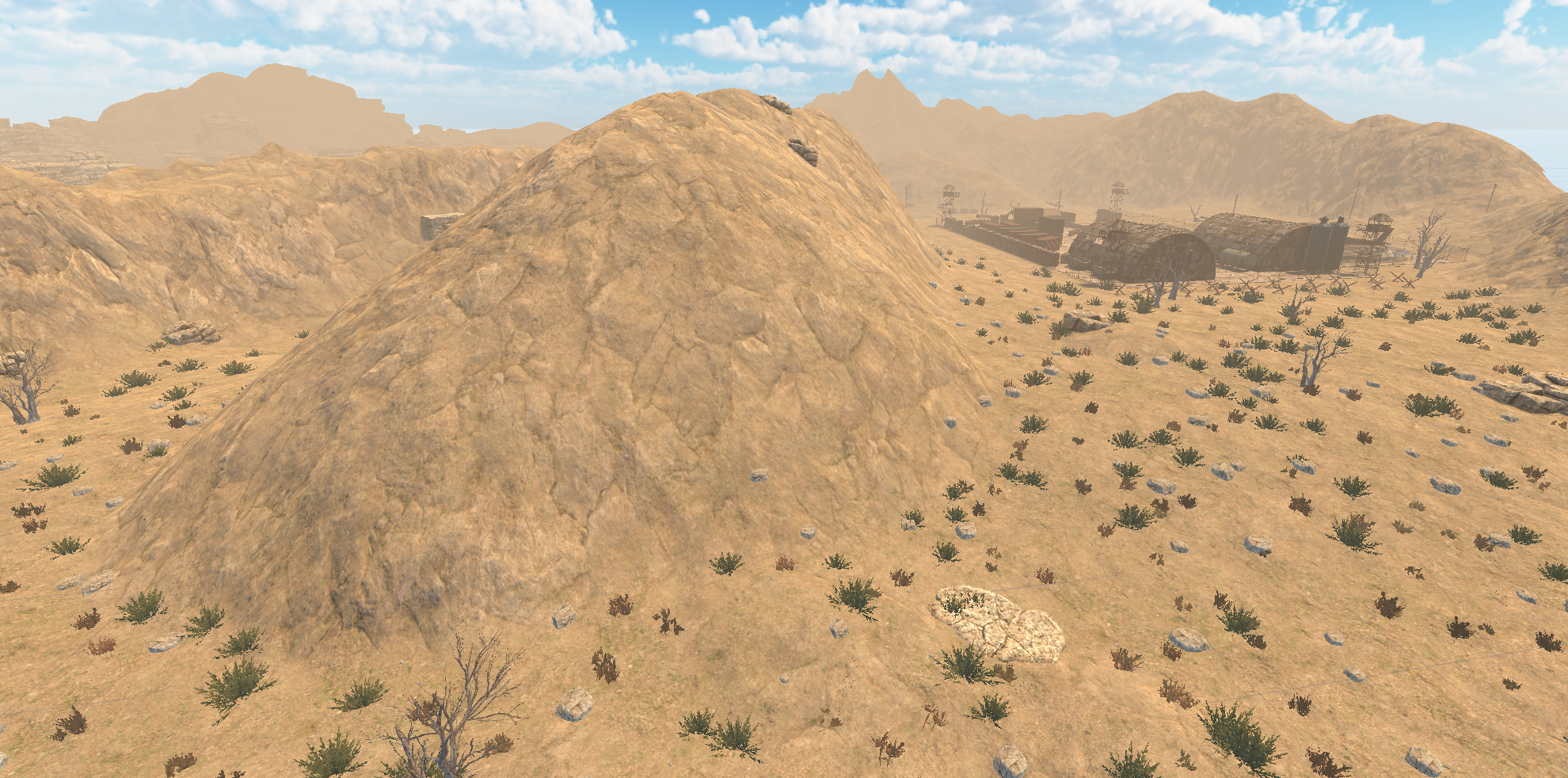 Press to enlarge
Press to enlarge
Flanking possibility hangar
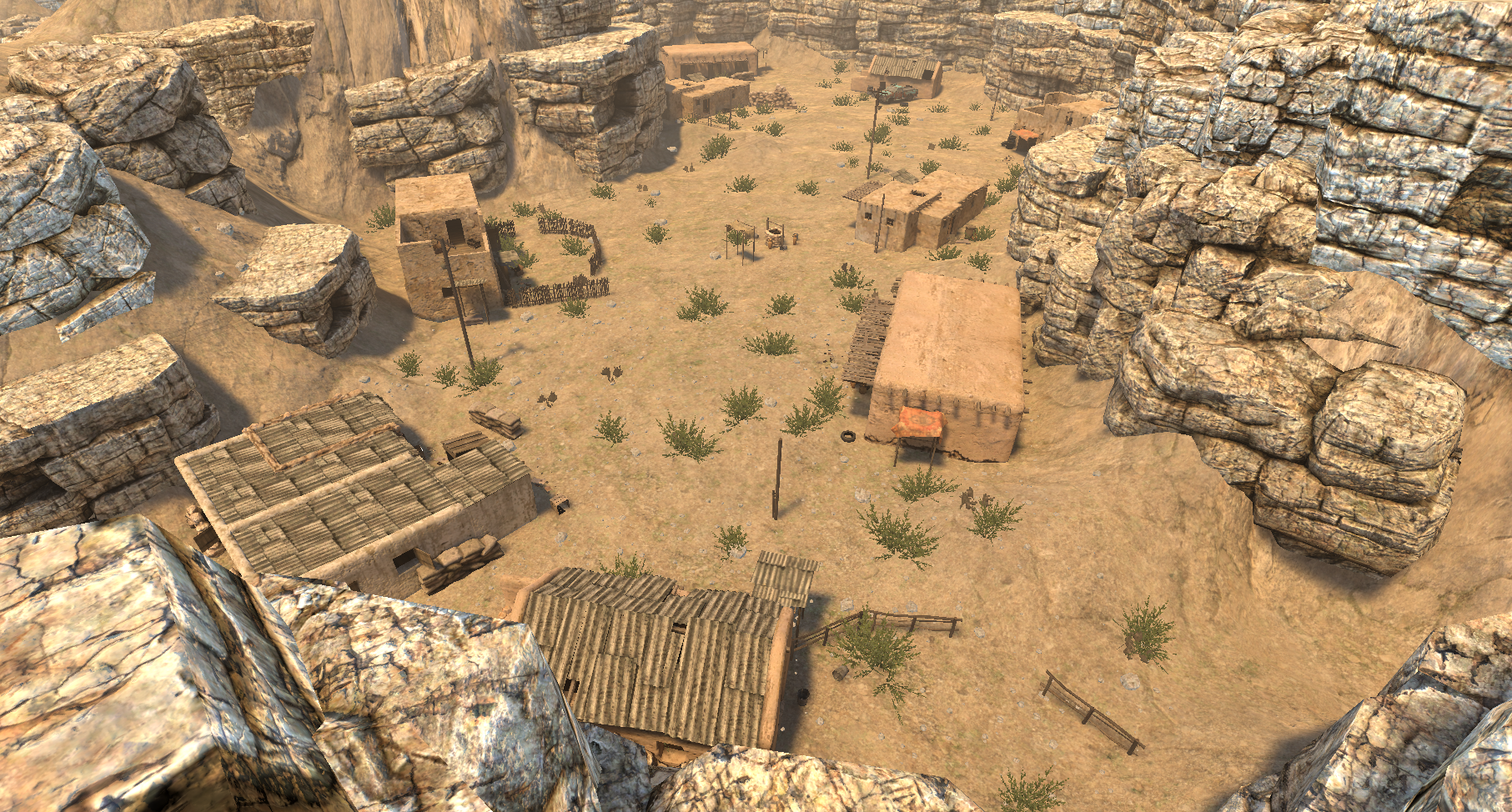 Press to enlarge
Press to enlarge
Village base
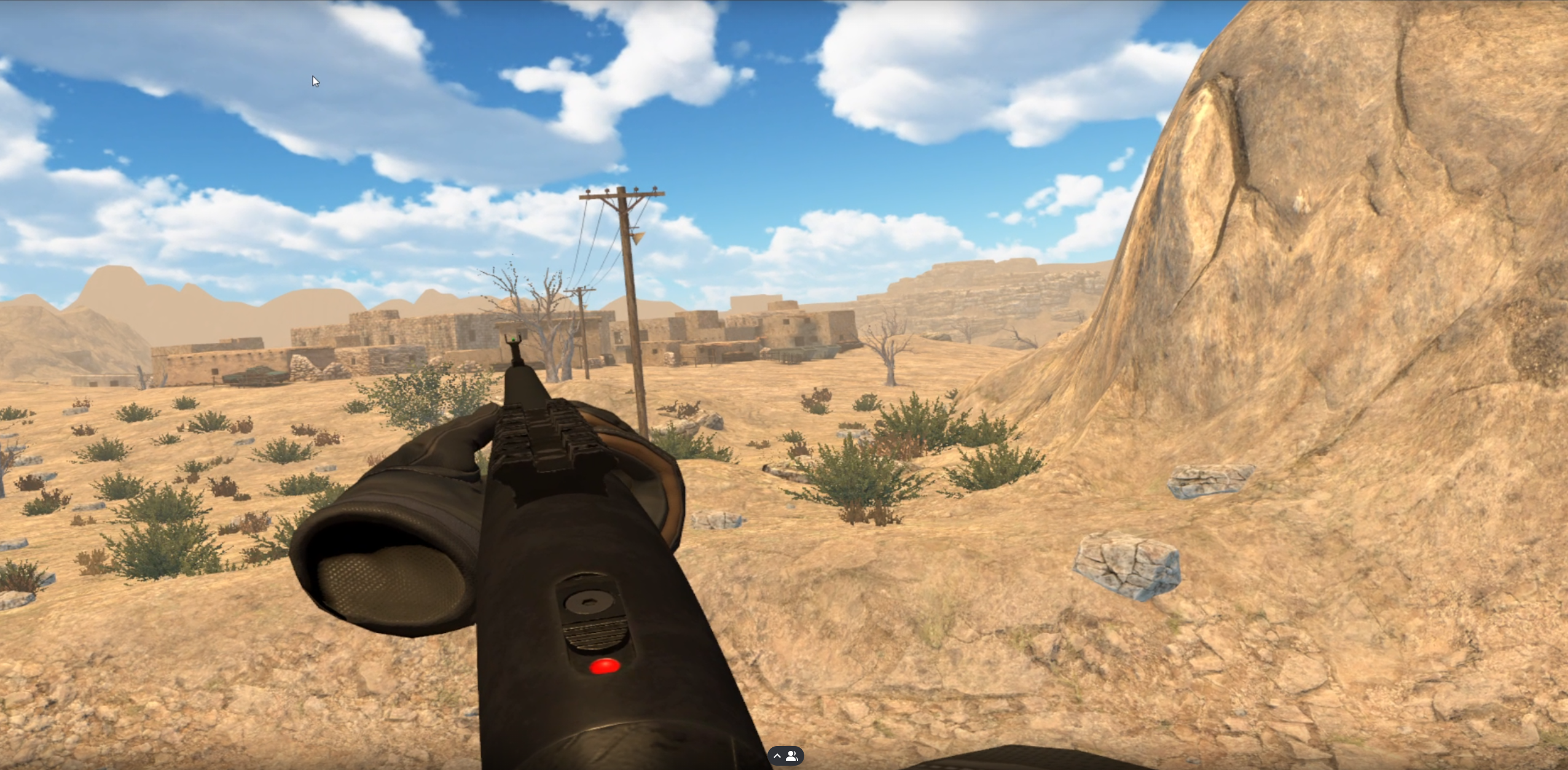 Press to enlarge
Press to enlarge
View from house to fort
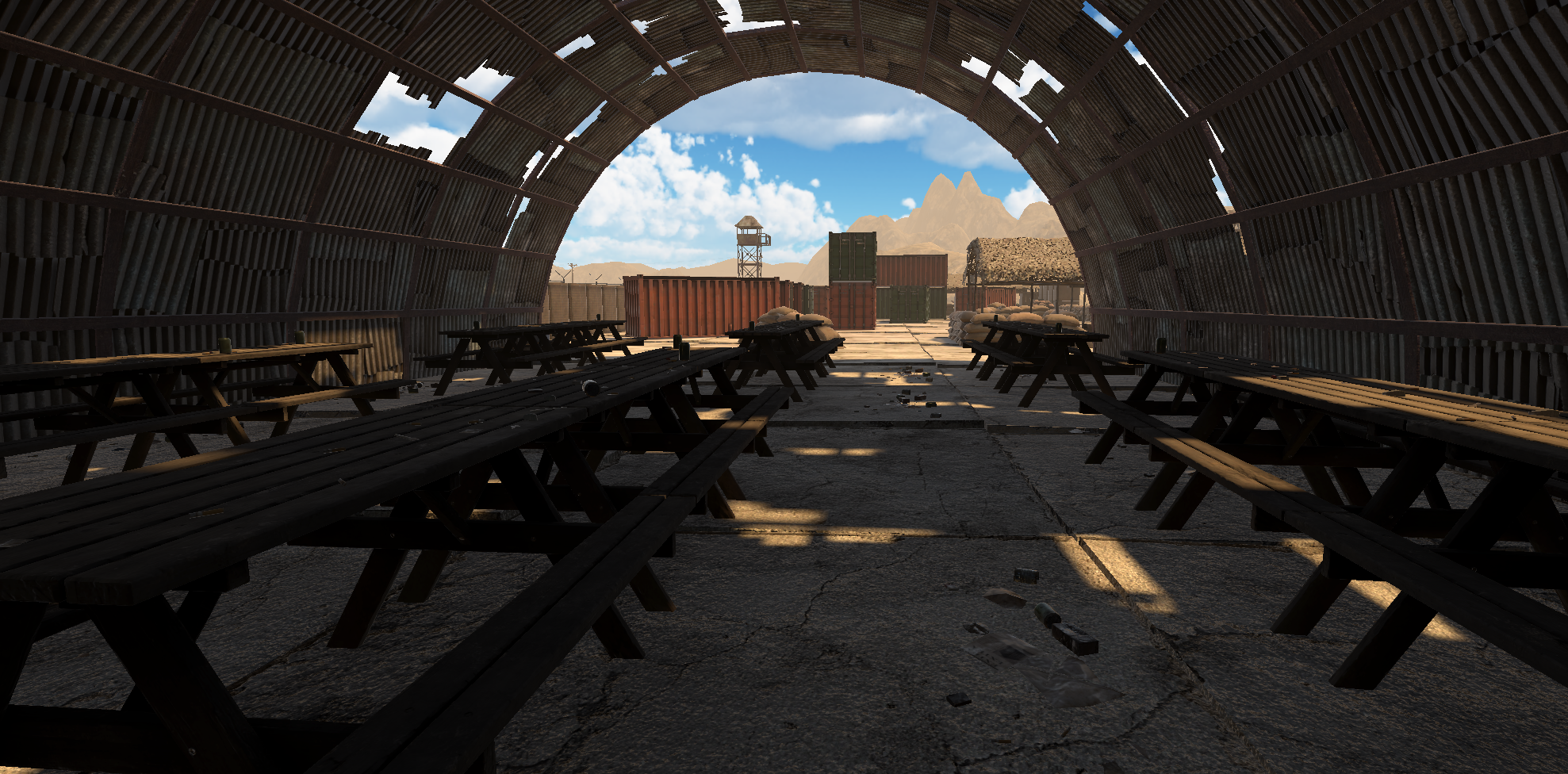 Press to enlarge
Press to enlarge
Food quarter hangar
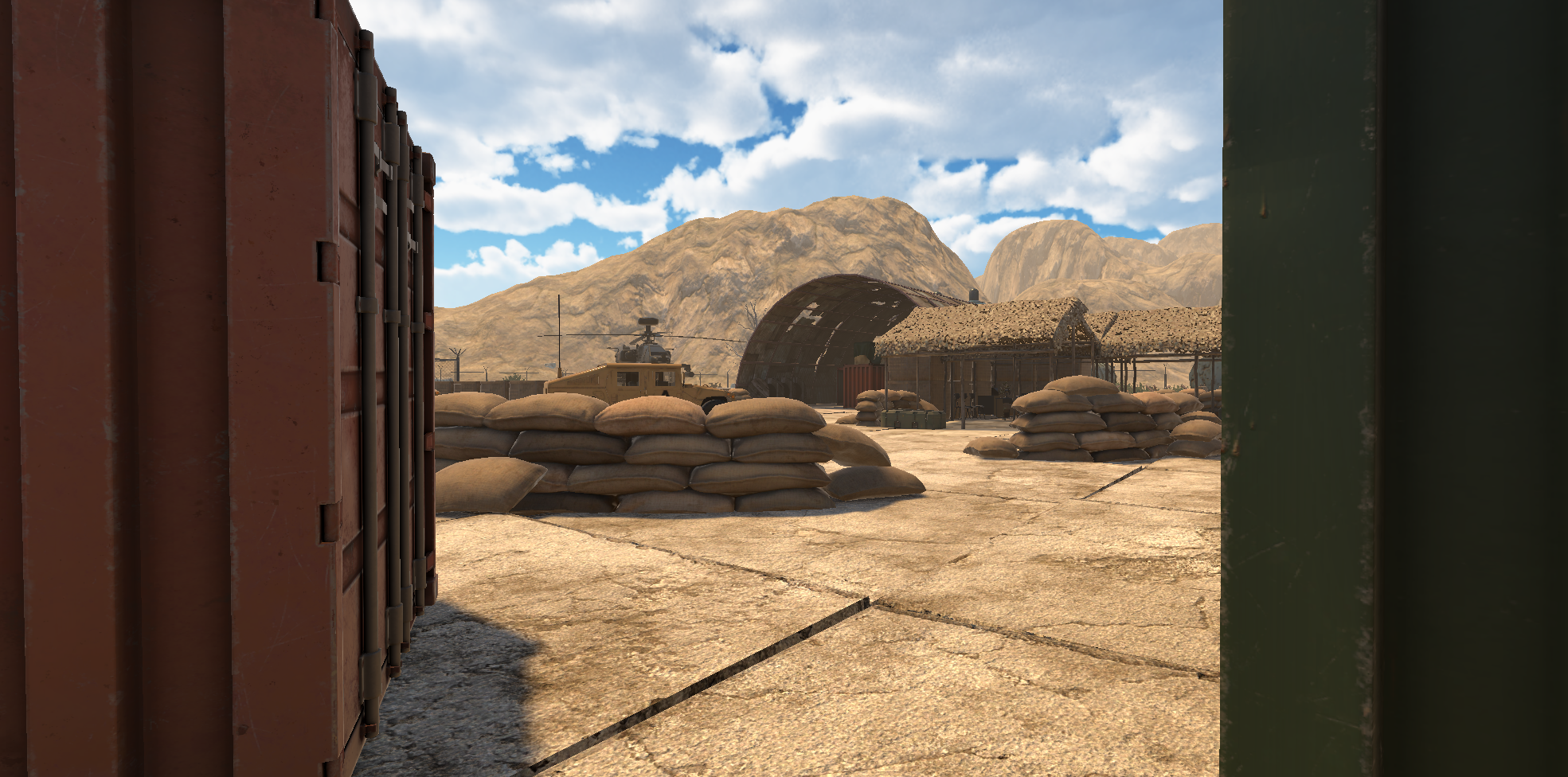 Press to enlarge
Press to enlarge
Attacking point hangar
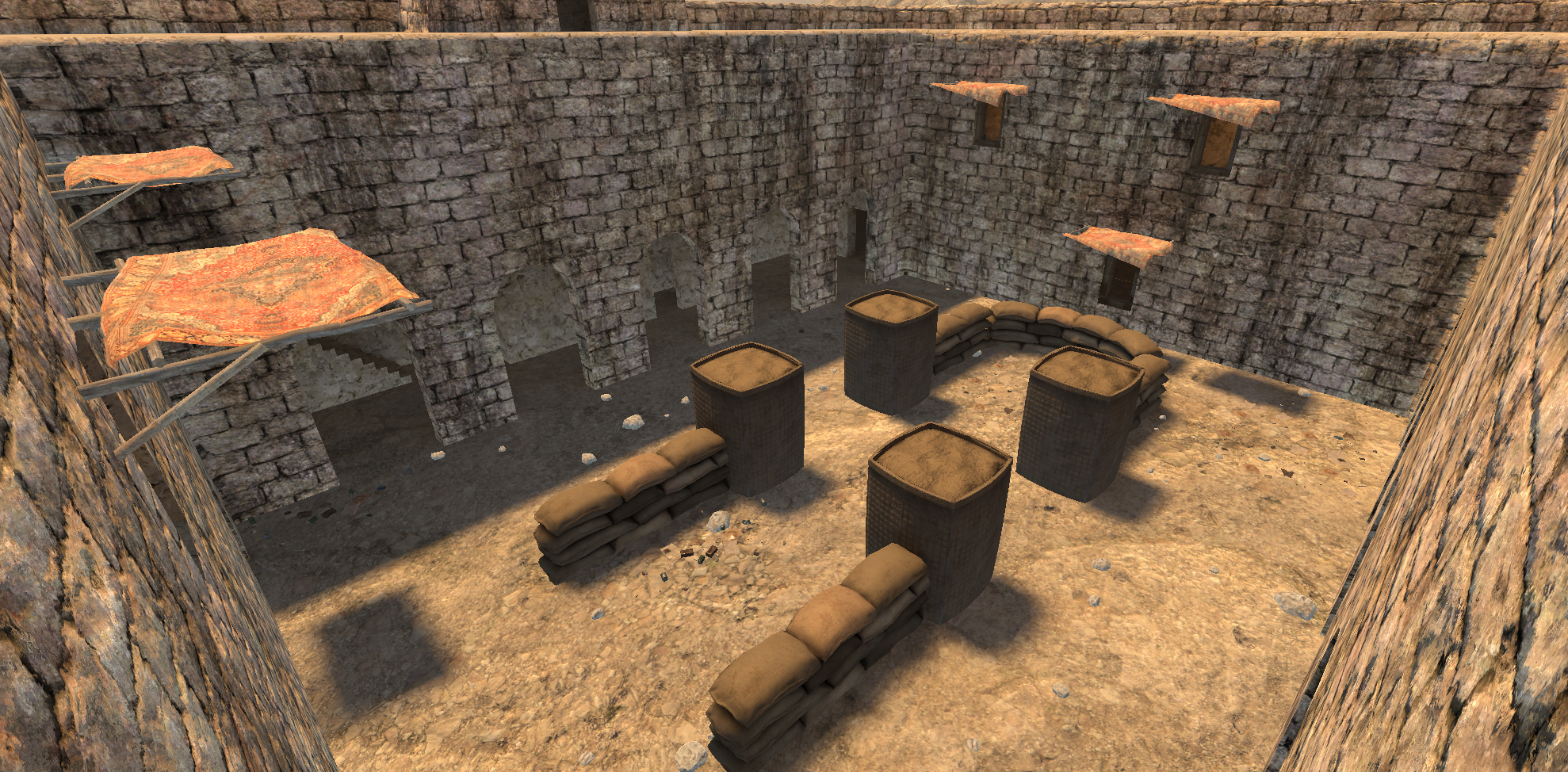 Press to enlarge
Press to enlarge
Fort flag position
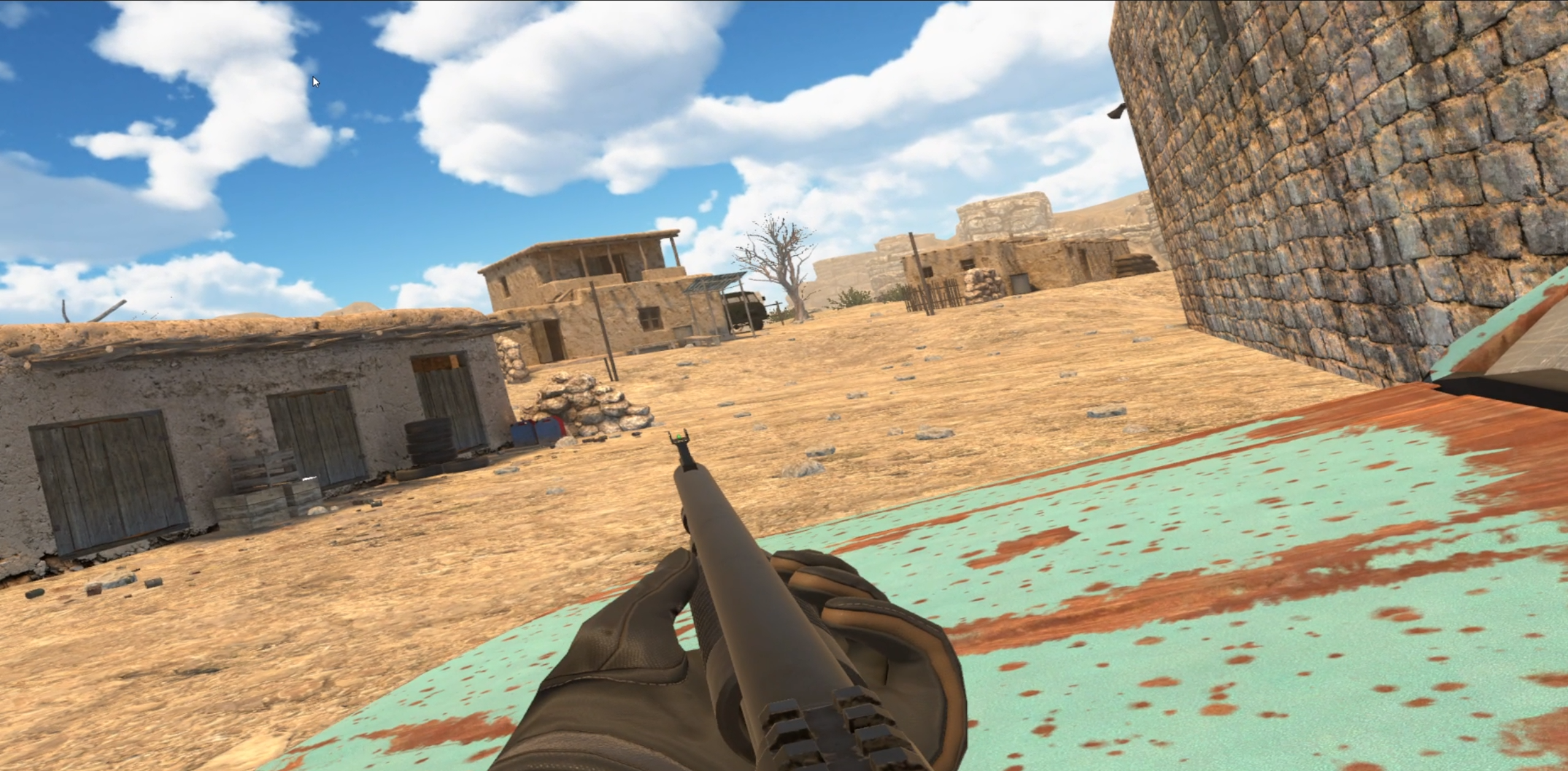 Press to enlarge
Press to enlarge
First-person view outside base fort
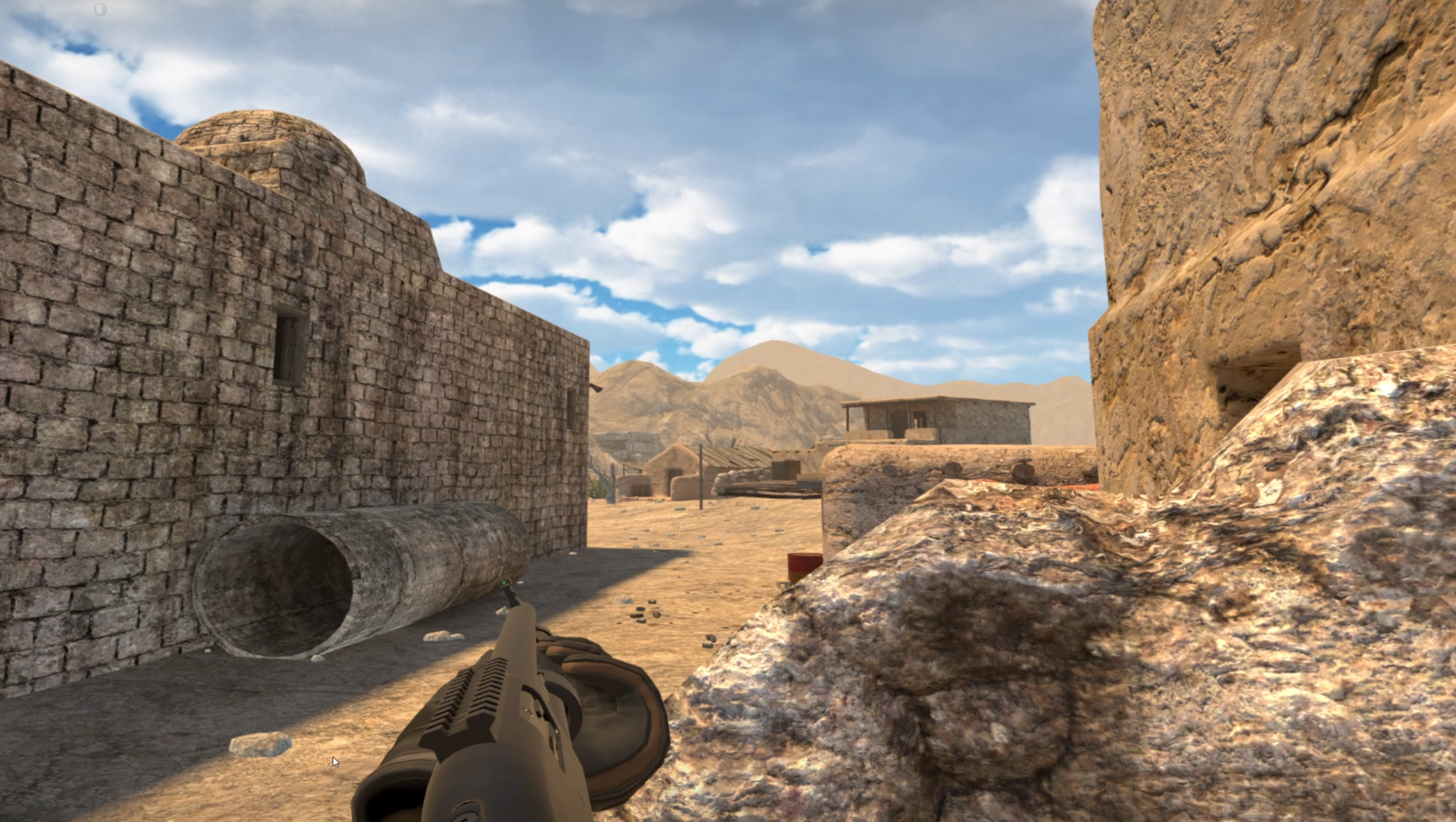 Press to enlarge
Press to enlarge
First-person view
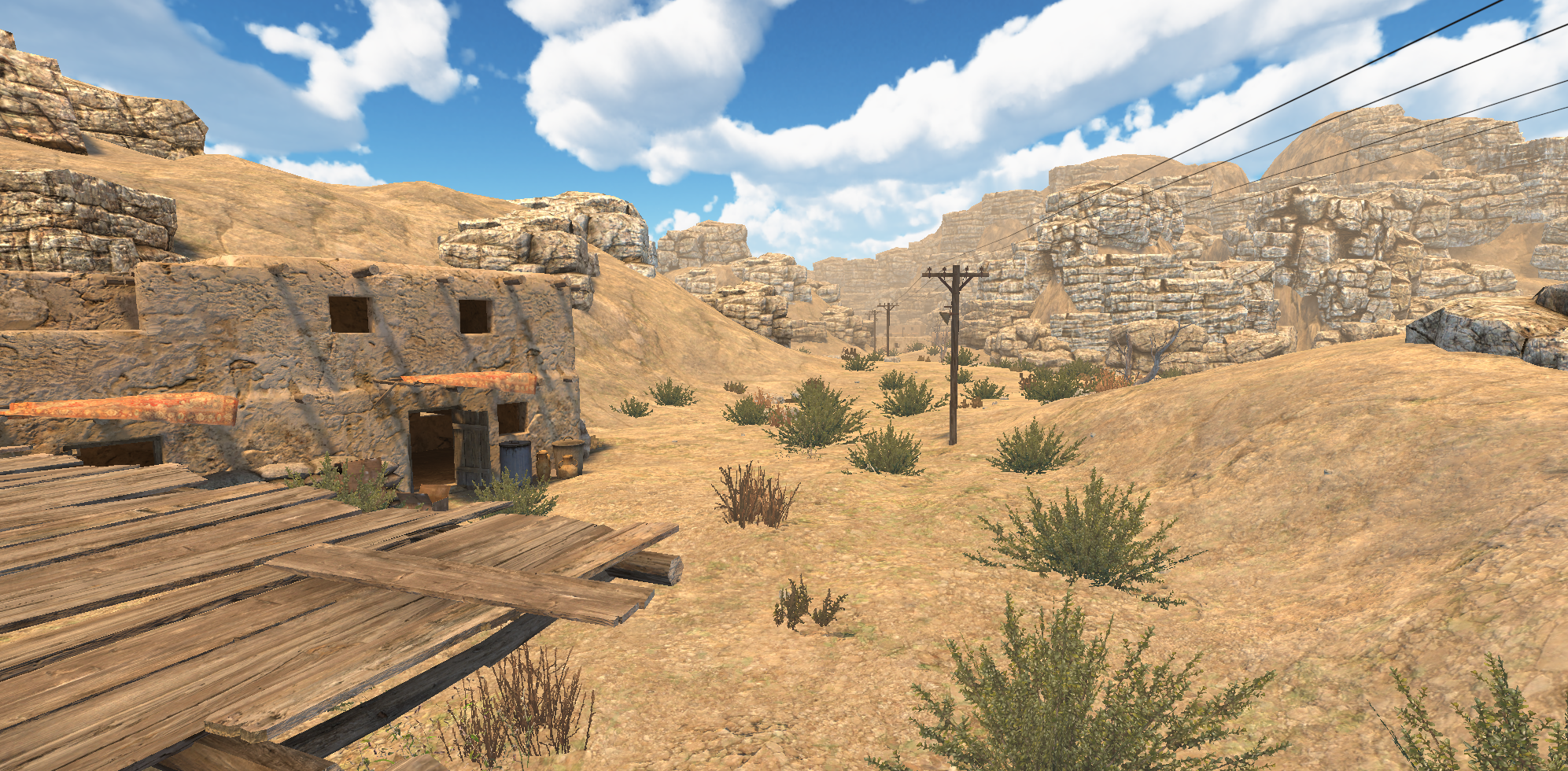 Press to enlarge
Press to enlarge
View of village attack point
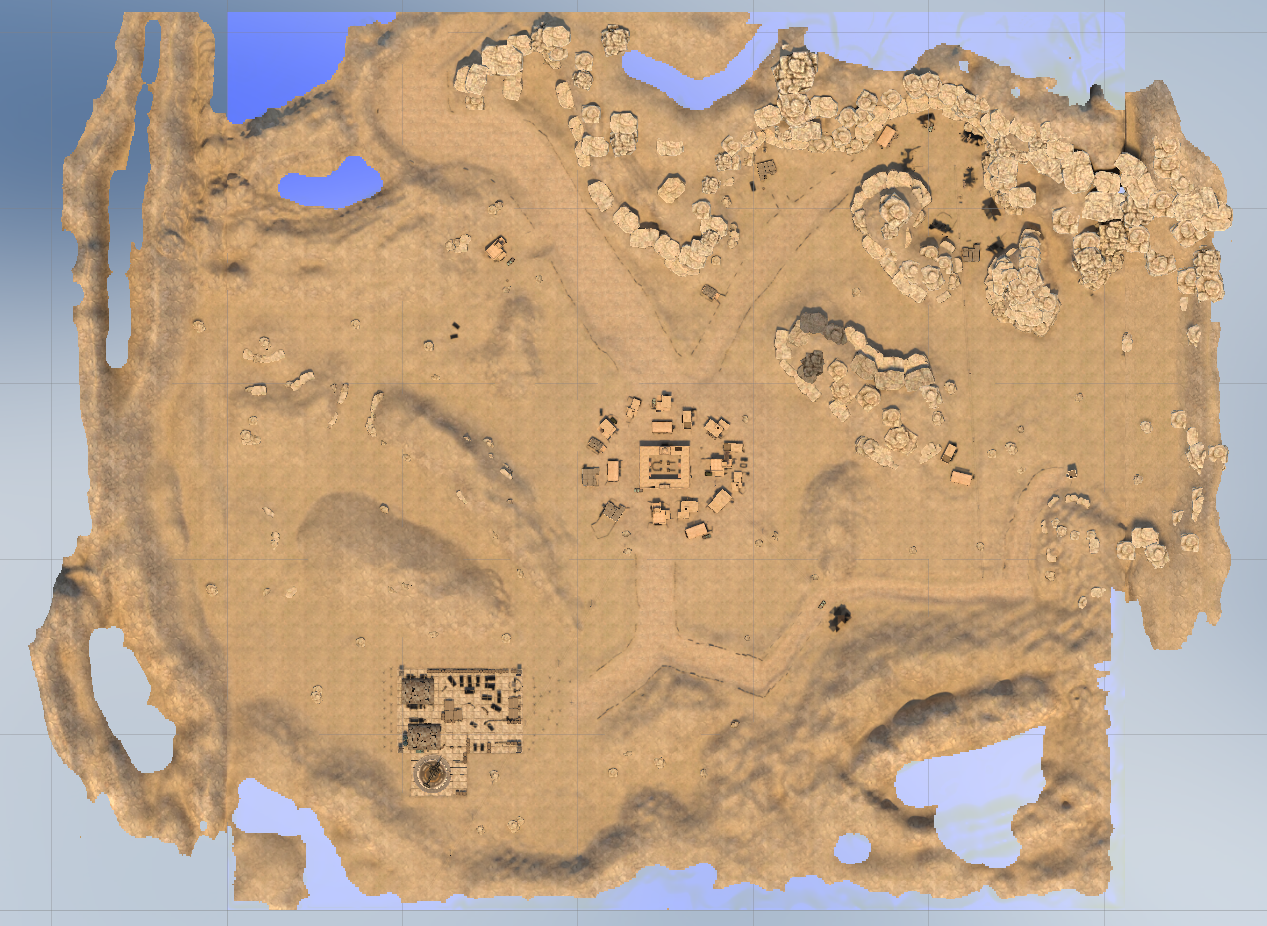 Press to enlarge
Press to enlarge
Top View of the Map

Anders Malmgren
During his 20-week internship, Julius excelled in creating a new course for our VR shooter. He tackled the technical challenge of optimizing foliage in VR with ease. Julius's ability to work independently, solve problems, and deliver valuable results impressed us. His contributions will have a lasting impact on our game.
Anders Malmgren, Founder/System Architect at MDA Digital AB